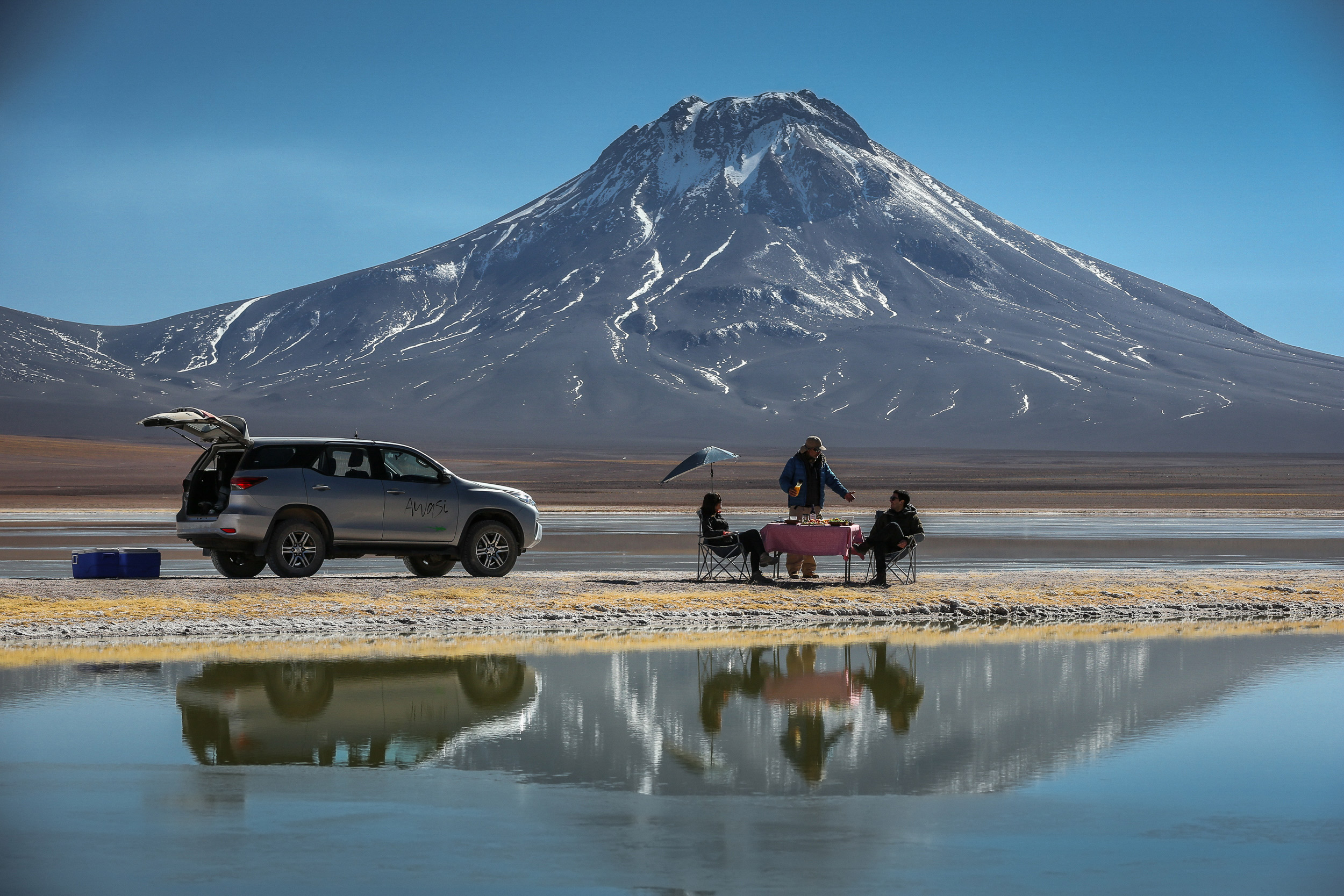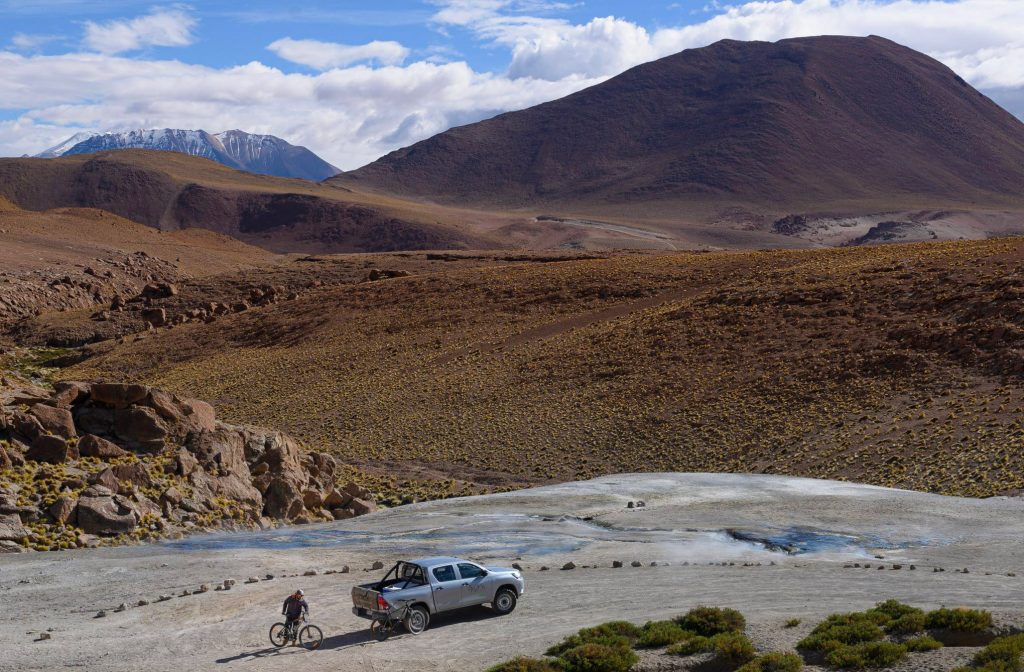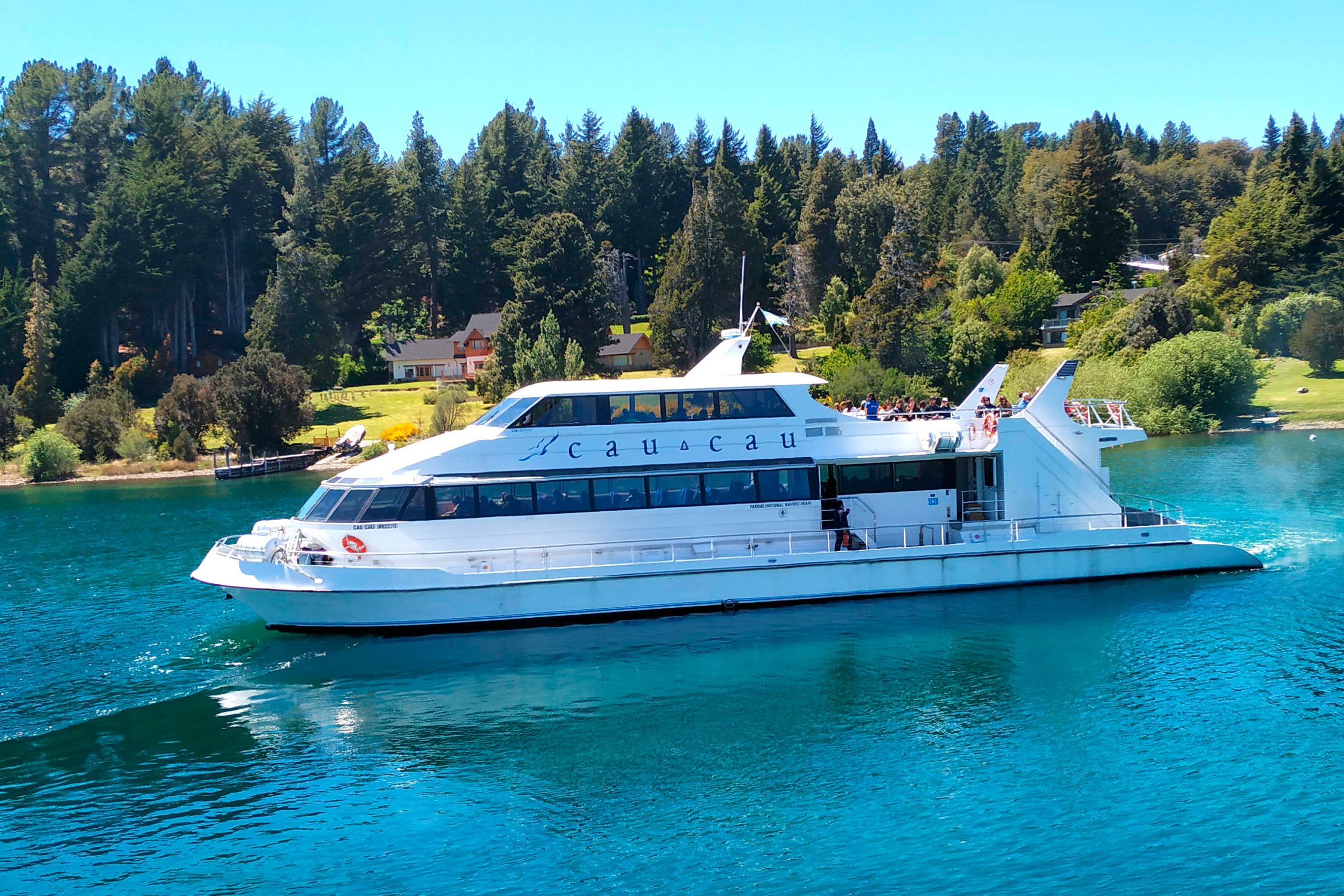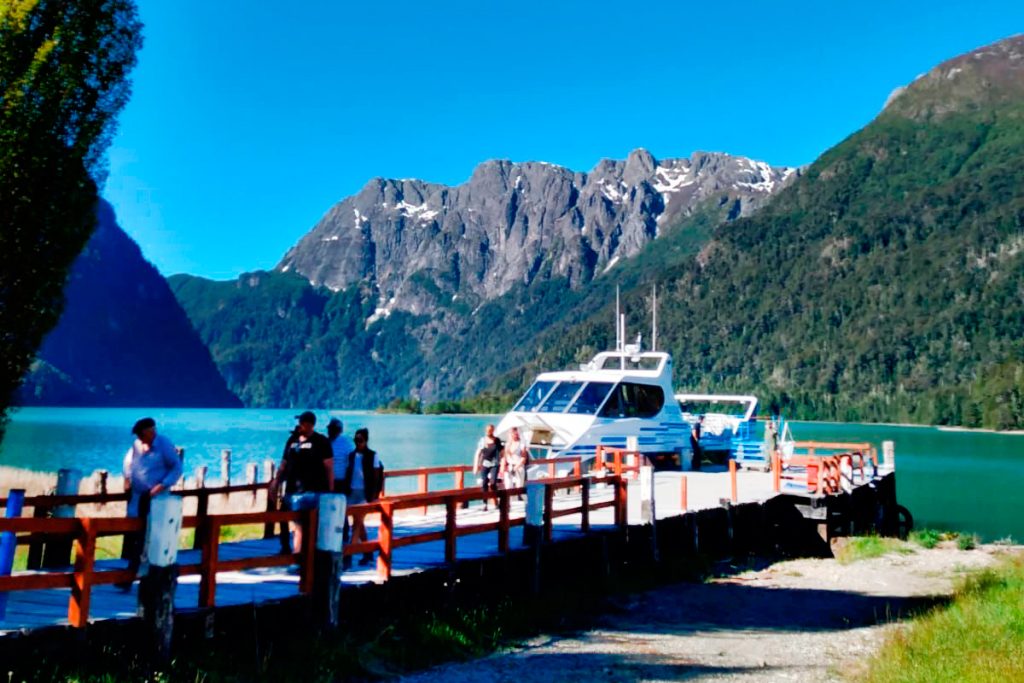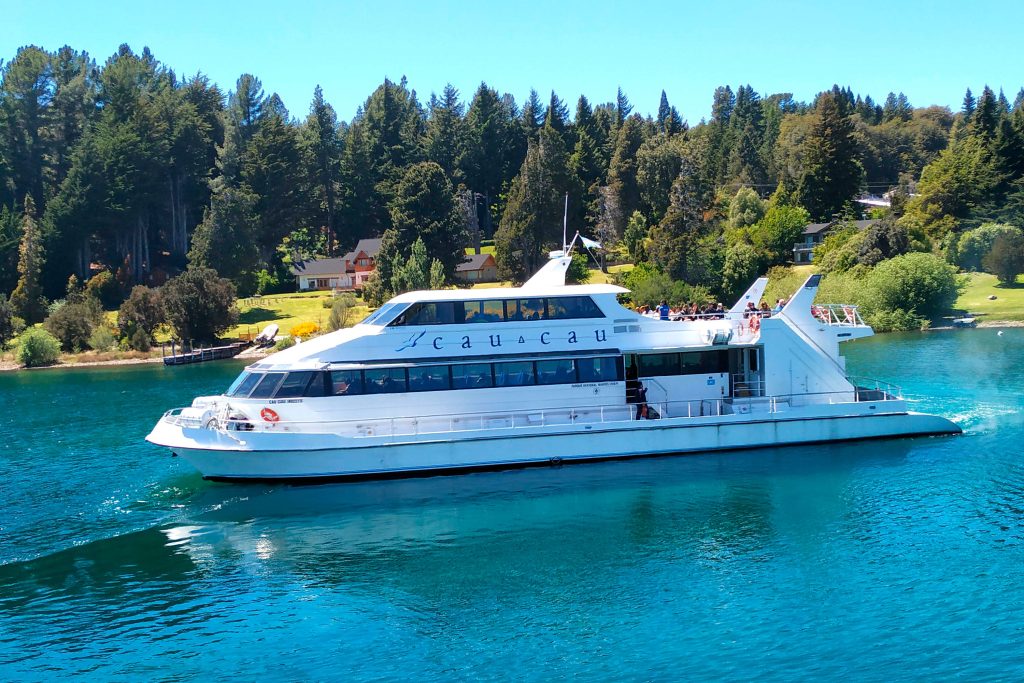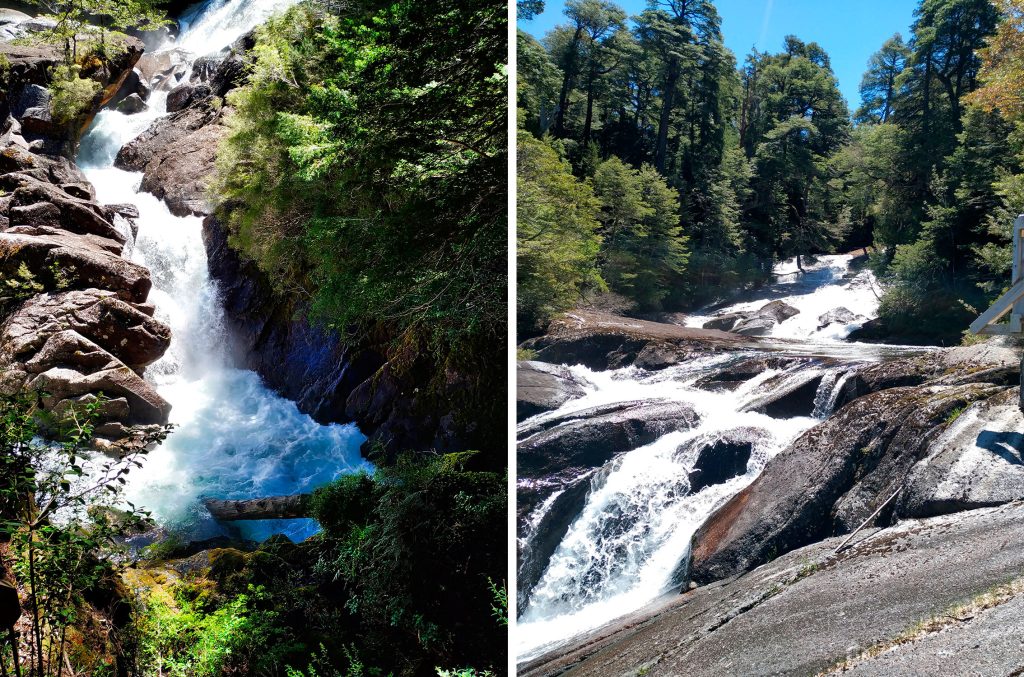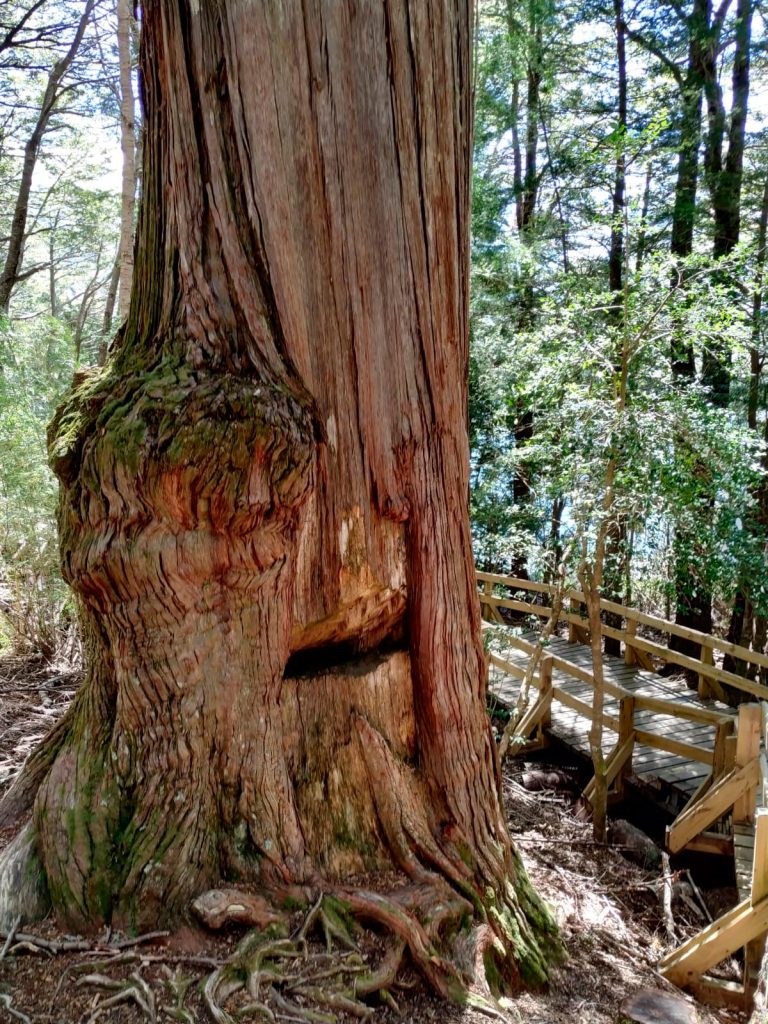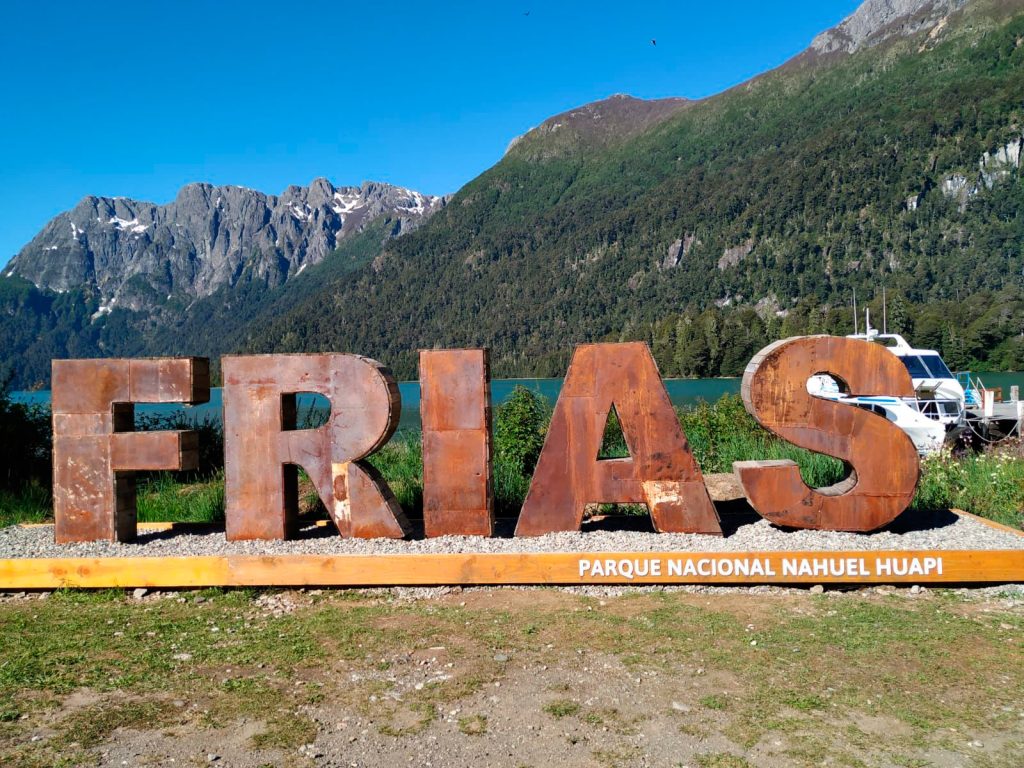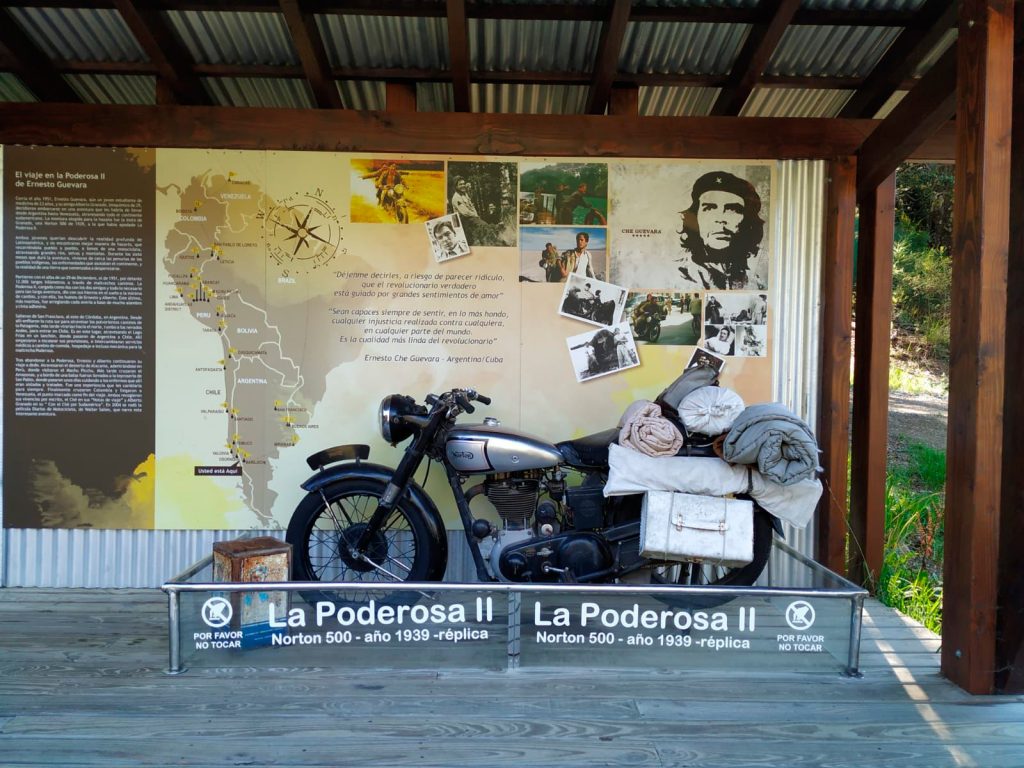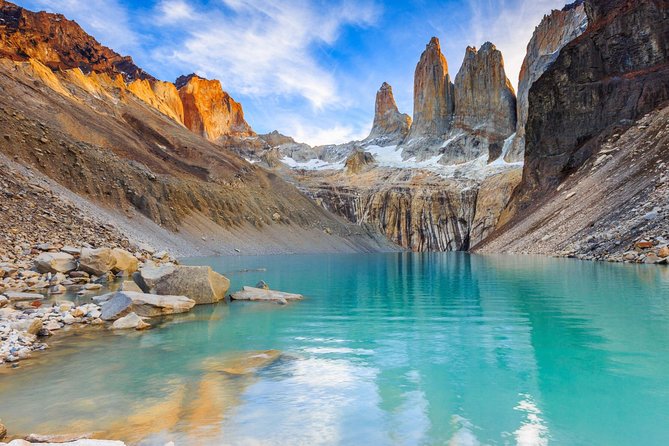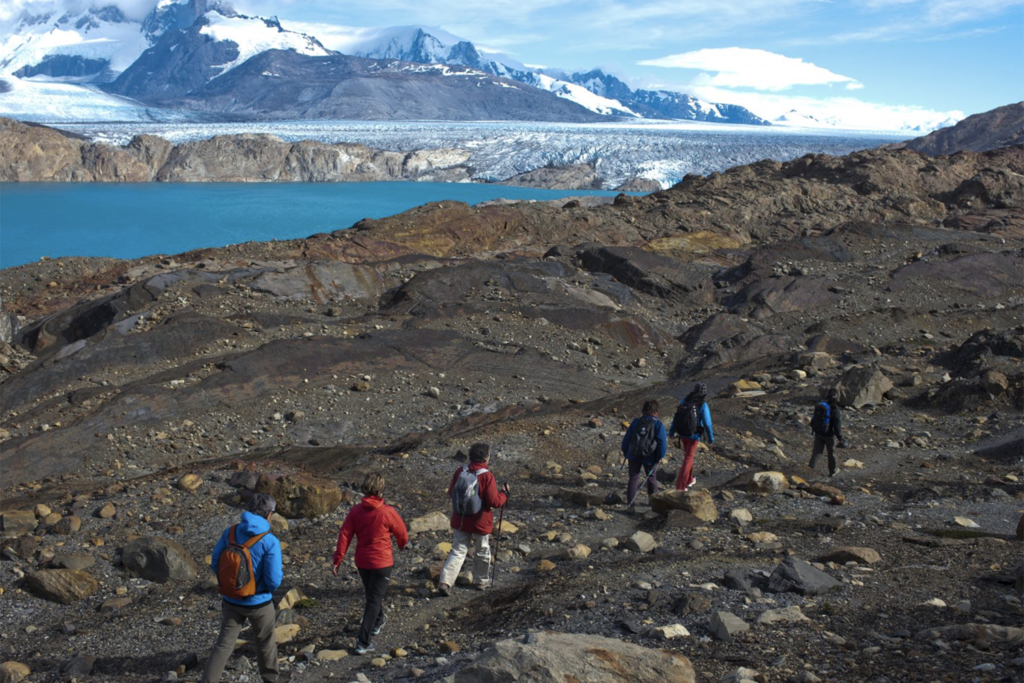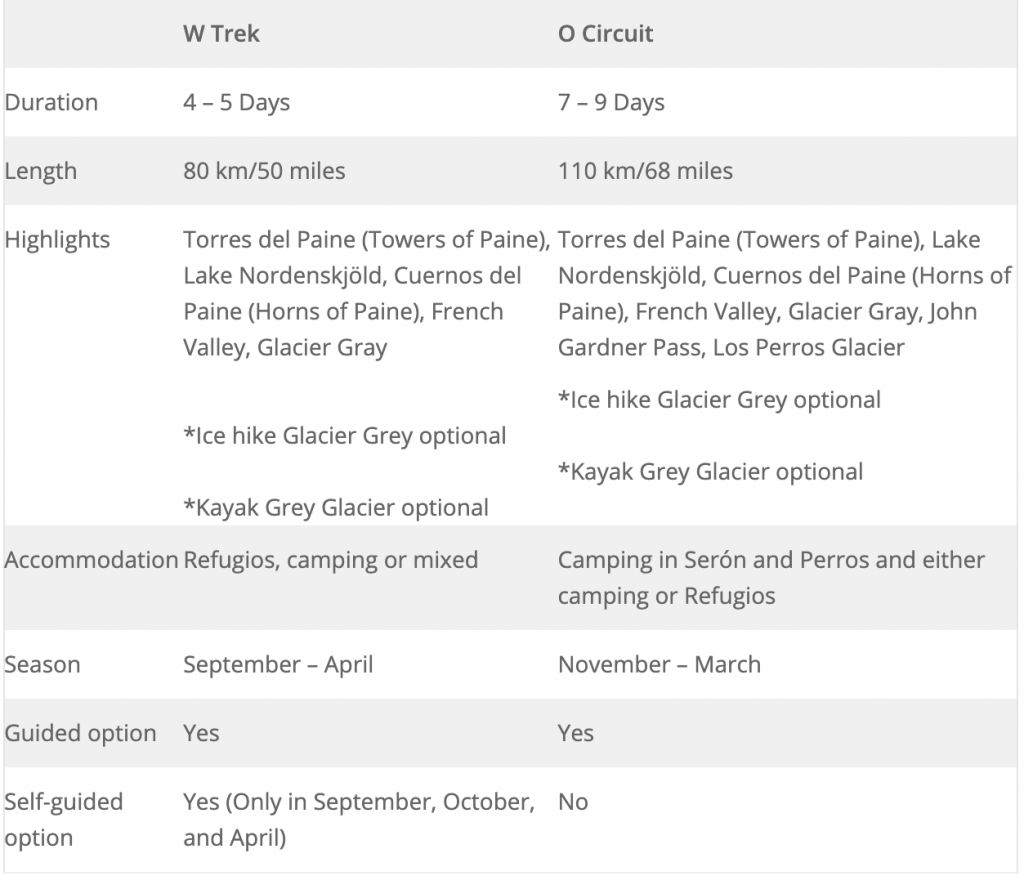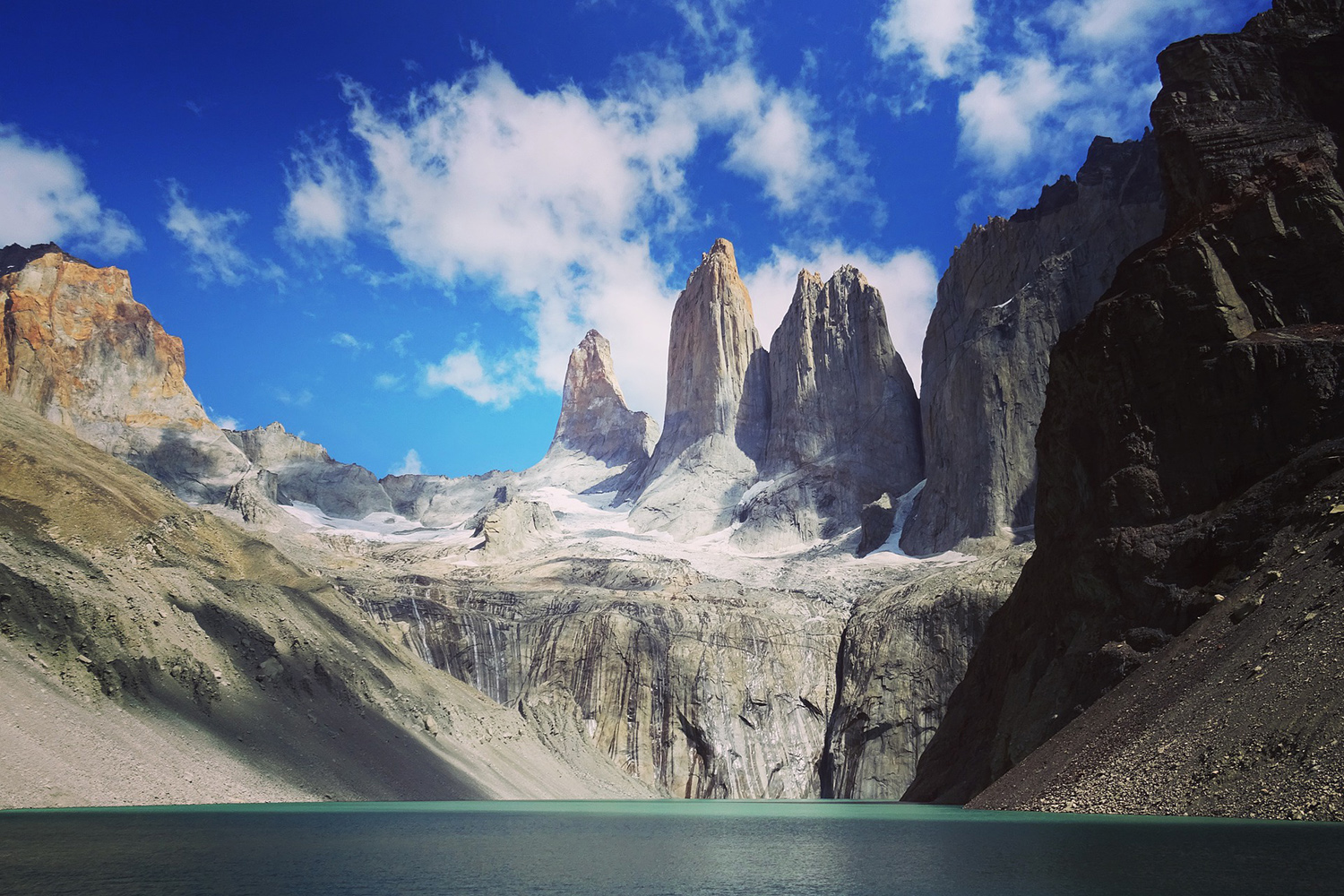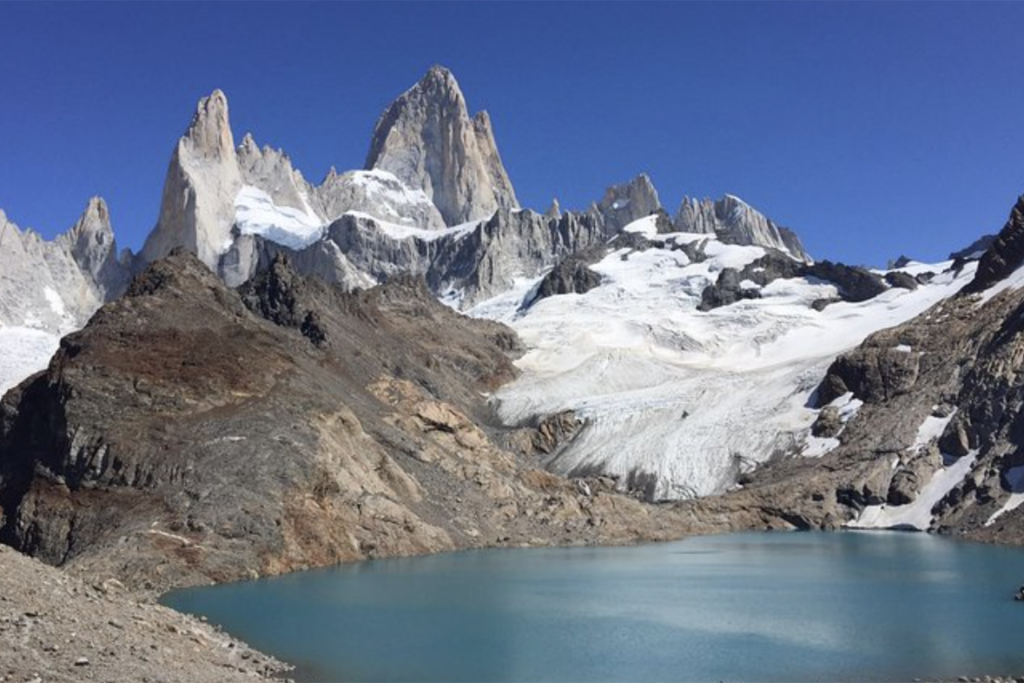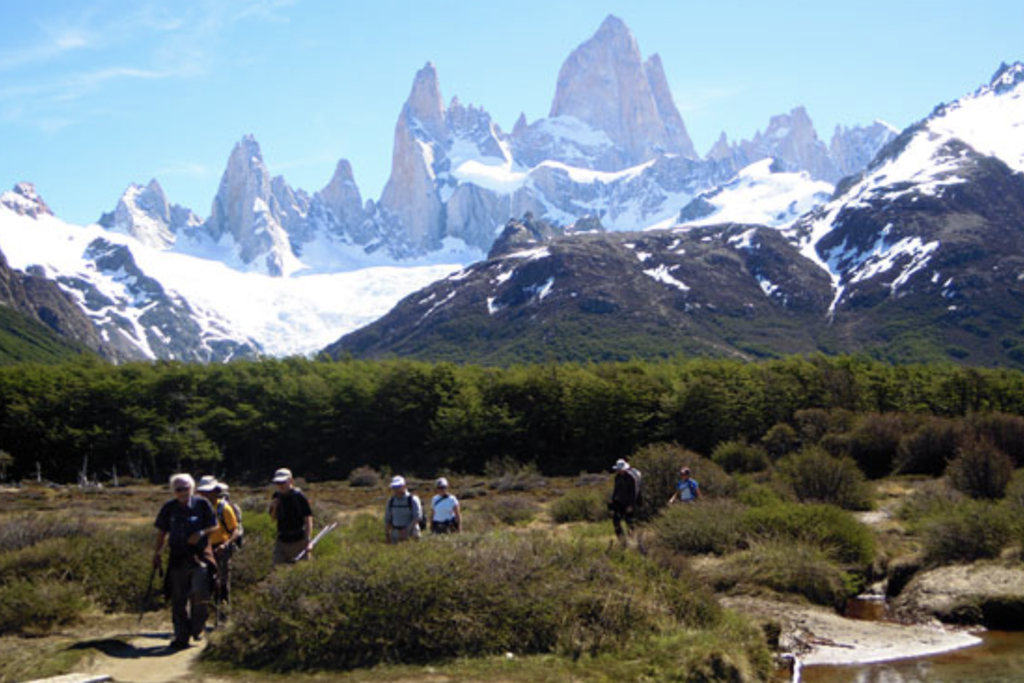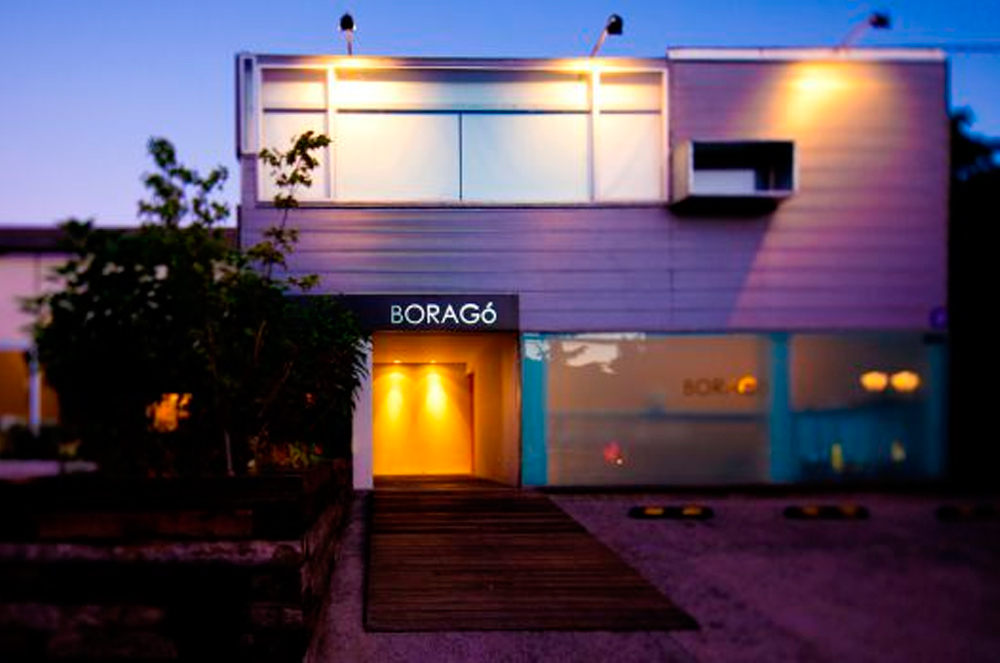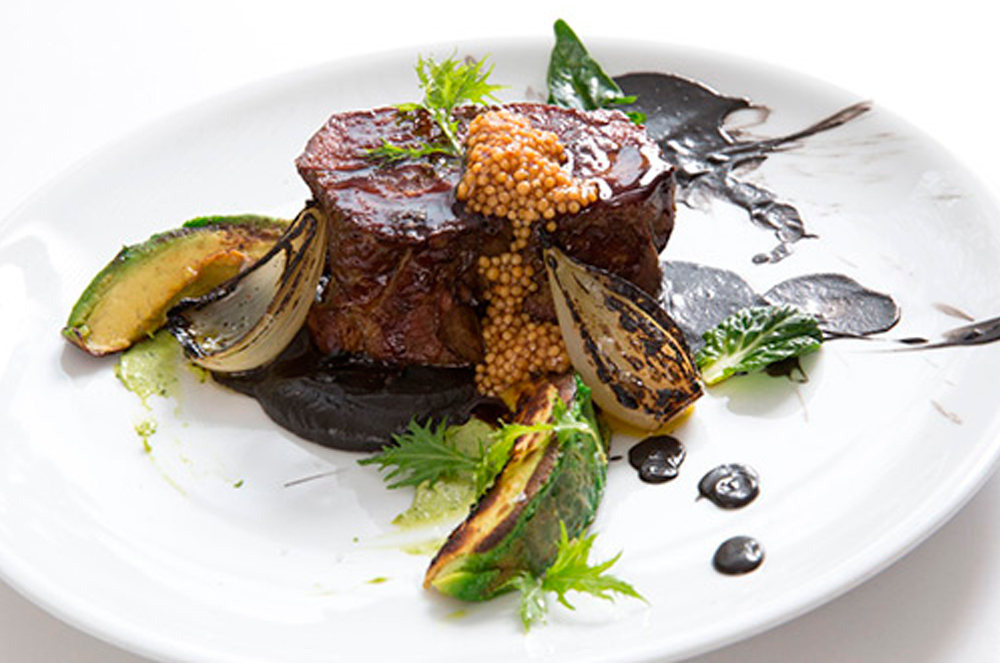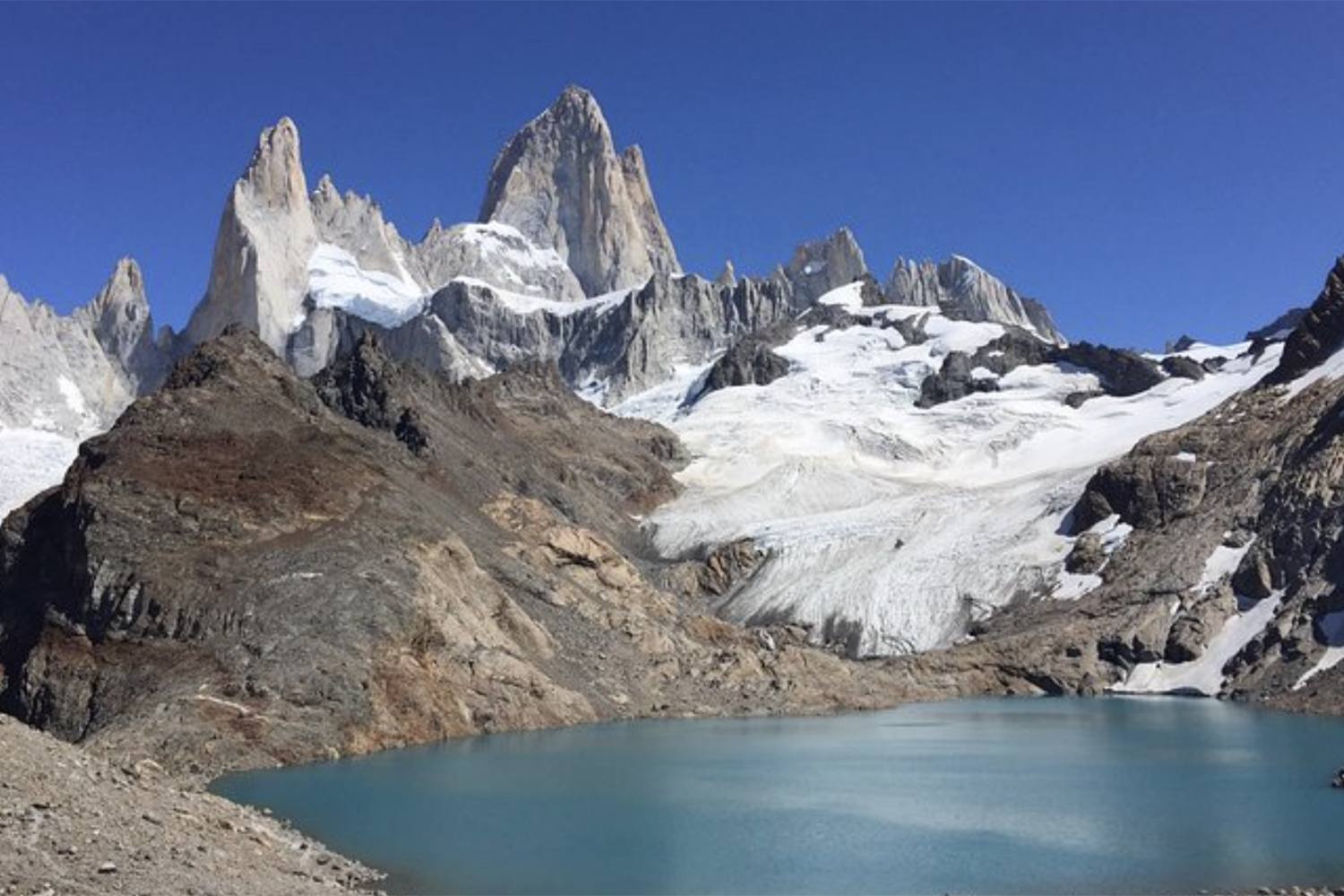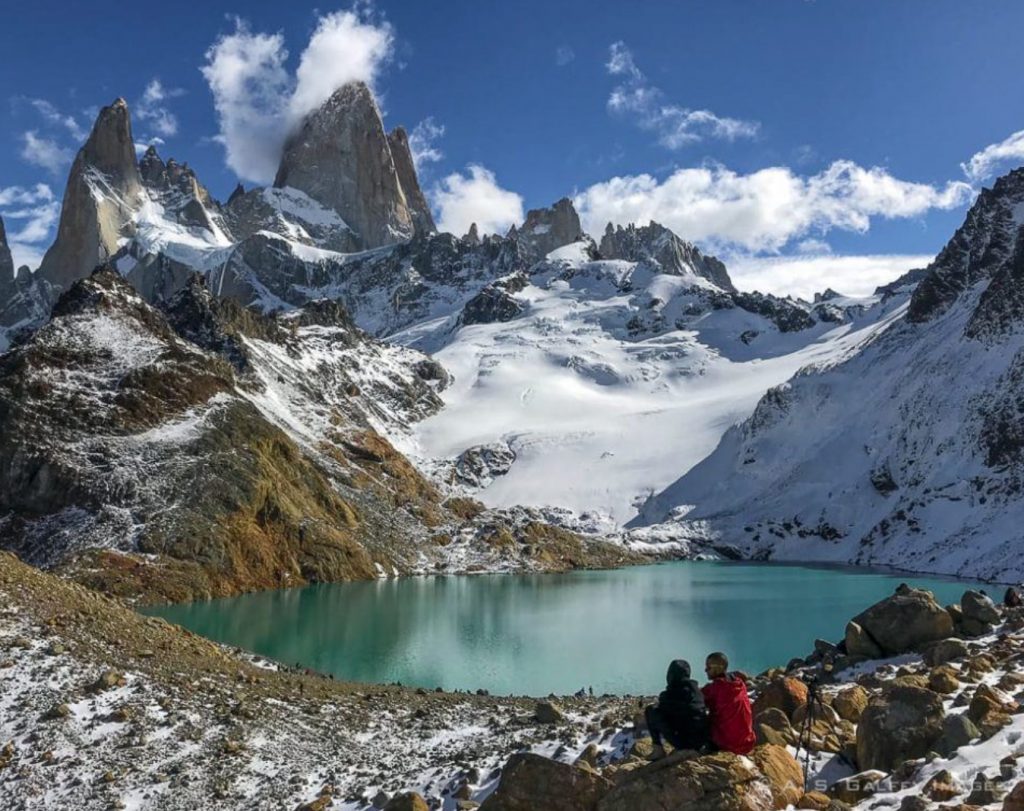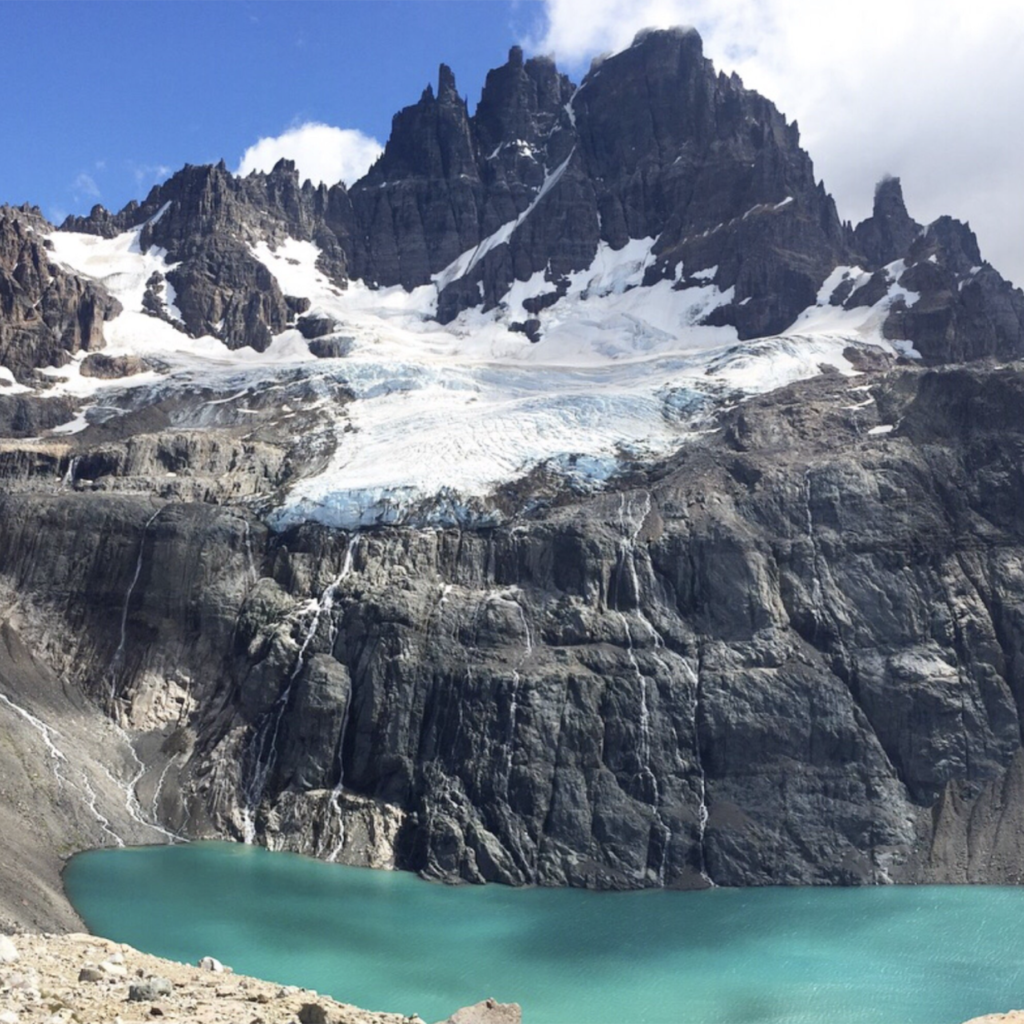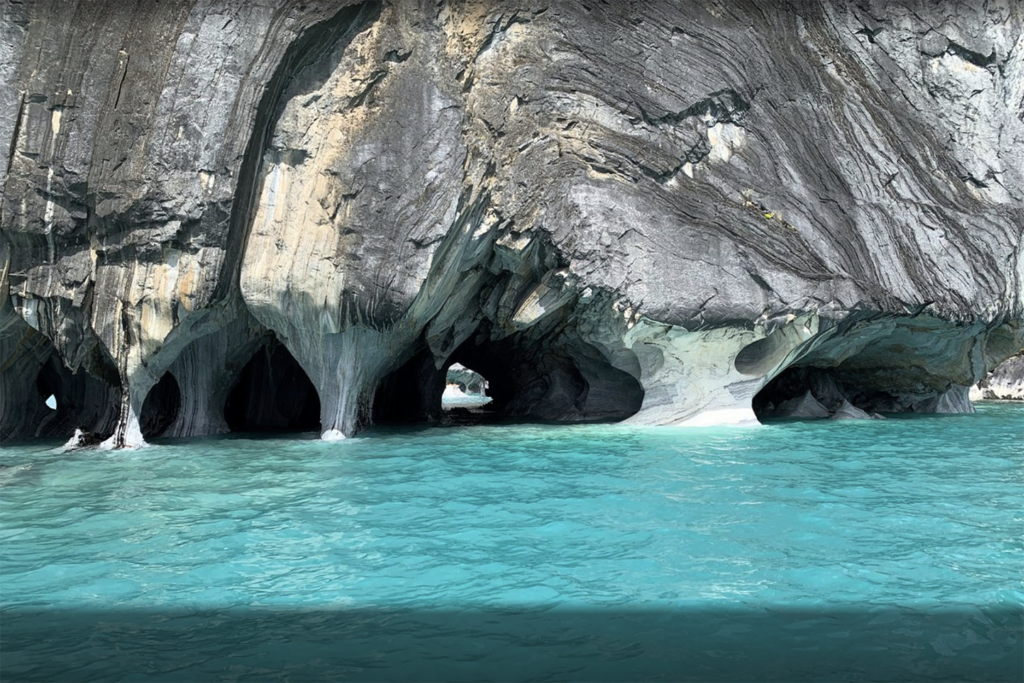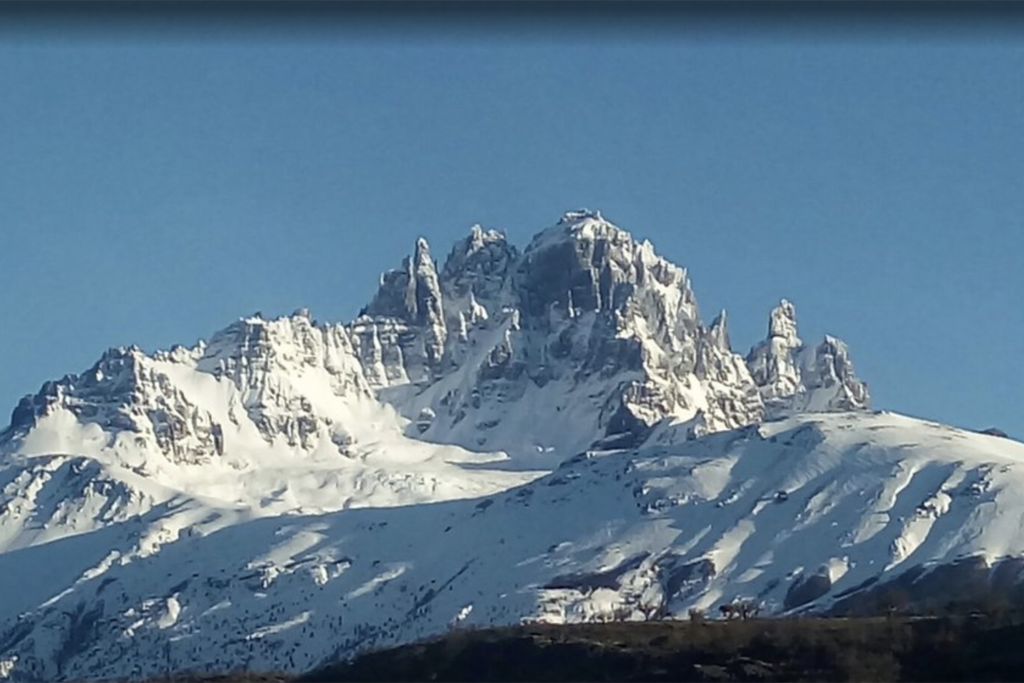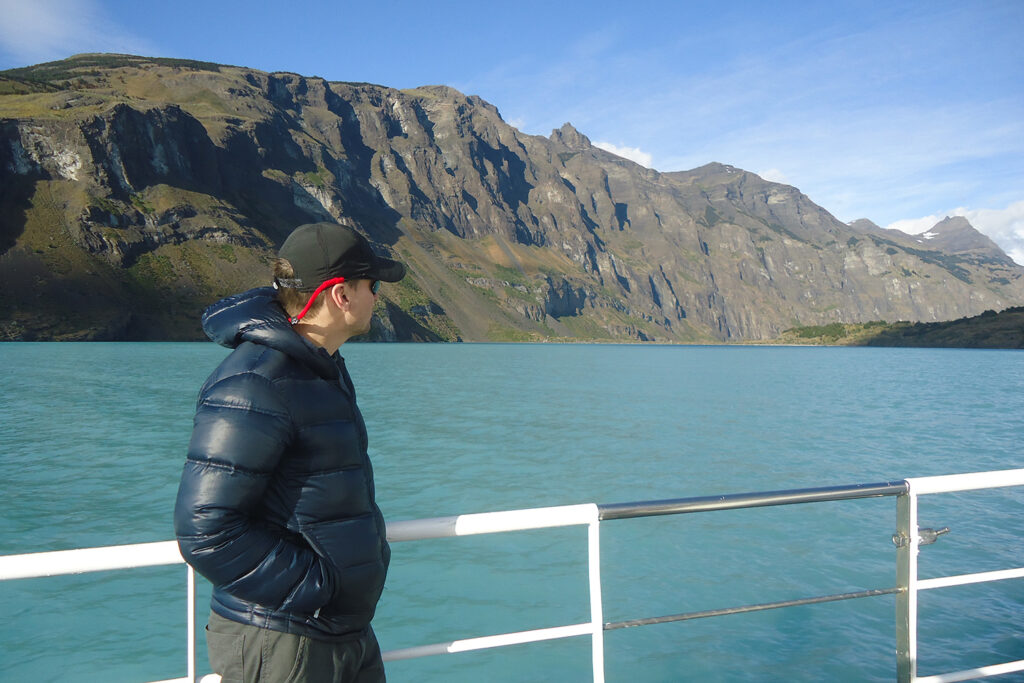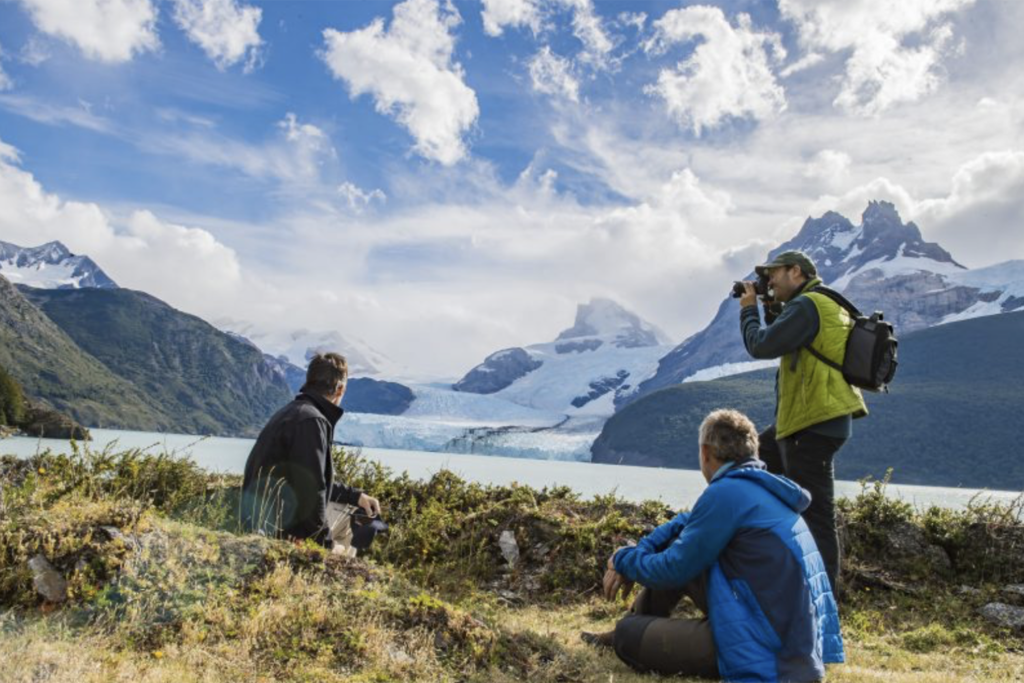The Best Day Hikes in Torres del Paine
The reopening of the Chilean border in last November saw the first international guests return to Torres del Paine National Park. Simply put, this is the most magical place you will have the privilege to visit. From the most remote corner of the world, we seek to inspire our visitors with the amazing nature and culture of Chilean Patagonia. Here are some of the best active tours and experiences that we highly recommend doing while you visit Torres del Paine.
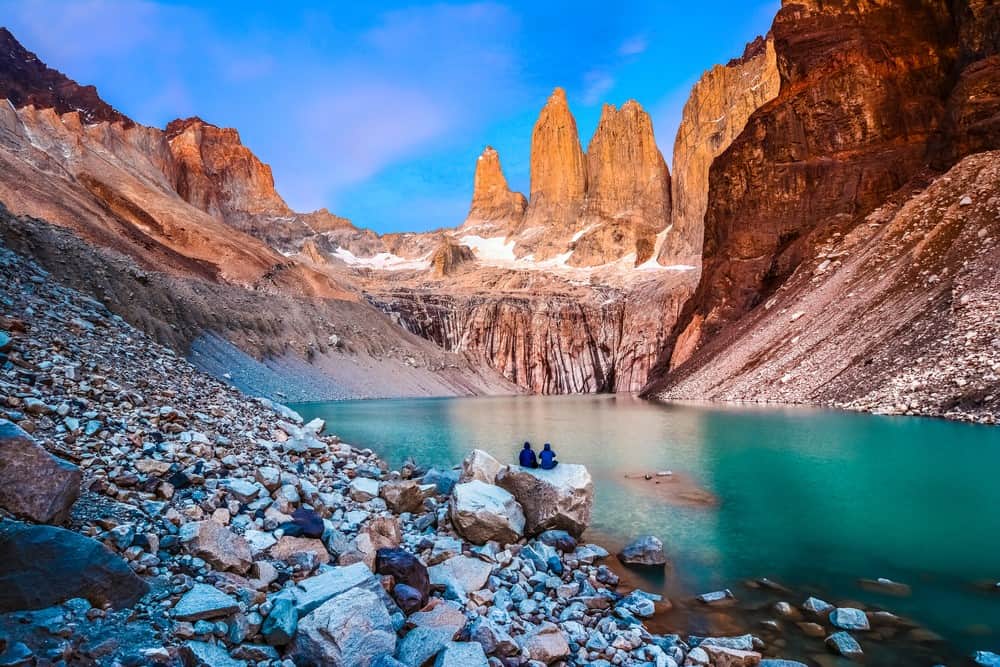
Sierra Masle
Difficulty: EASY
Travel Time: 1 hour
Total Time: 3,5 hours
Starting from the lake shore you will walk up a loop that showcases a few of the different biomes that compose Torres del Paine. It’s a good introductory trek of the National Park and the Paine Complex.
Note: consider reading Florence Dixie’s book “Across Patagonia” beforehand to appreciate how unchanged the landscape remains.
Loma Guanaco
Difficulty: EASY
Travel Time: 45 minutes
Total Time: 3 hours
As the name says it, it’s the place where large herds of guanacos usually roam. These wild South American camelids stand at around 2 meters (7 feet) tall and weigh between 90 and 140 kg (200 to 310 lb) making them one of the largest native terrestrial mammals on the continent. Their presence also provides good chances to encounter other local species like foxes, pumas and condors. Loma Guanaco is on the way towards Laguna Azul, in an area that not many tourists visit, making it a very private and quiet spot. It is possible to combine this activity with other short hikes and highlights in the area.
Estancia Tercera Barranca
Difficulty: MODERATE
Travel Time: 15 minutes
Total Time: 1-4 hours
In Patagonia horses are a big part of gaucho culture, so hiking and horseback riding are two of the best ways to get to know this place. This excursion begins only a few minutes away from our lodge in a nearby Estancia, riding through the steppe with one of the best views of Torres del Paine. The duration of this activity will be determined by the skill level of the riders. The current and prior weather conditions also determine the feasibility of this excursion, since the terrain could be affected.
Note: A minimum skill level and horseback riding experience is necessary.
Sierra Contreras Mountain
Difficulty: MODERATE
Total Time: 2 hours
Sierra Contreras is a a great way to stretch your legs after a long drive or simply contemplate the vastness of the Patagonian landscape. Its 360º views from the top are a good way to get a reference of the area’s highlights and decide on the next the hikes. You will enjoy real-life postcard views of the Paine Mountain Range, Sierra Baguales, Valle de las Chinas and Lake Sarmiento, among other geographical wonders.
Note: It’s well marked, can be done with or without the guide. It’s a loop that can go from 45 mins to 2 hours depending on fitness level.
Aonikenk Trail
Difficulty: EASY
Travel Time: 45 minutes
Total Time: 4 hours
One on the few trails within the park that combines gorgeous landscapes with tangible evidence of the Aonikenk native culture. You will enjoy an easy path with panoramic views towards the Paine Complex and the Patagonian steppe, and observe some evidence of rock art from earlier human inhabitants. If that wasn’t enough, plenty of birds, guanacos and foxes roam the area, which is why this trail is also well known for puma sightings. Due to the location of this trail it is easily combined with other short hikes or drives to the park’s highlights.
Note: Due to the presence of pumas, children younger than 10 years of age are not allowed to do this trail.
Cuernos Lookout
Difficulty: EASY
Travel Time: 1,5 hours
Total Time: 5 hours
At the heart of the Torres del Paine National Park, this lookout is one of the most scenic and comfortable hikes in the area and offers a surplus of photo opportunities. We start walking from Pudeto, passing by Salto Grande Waterfall. After marveling at the power of this waterfall, we walk towards the foot the famous “horns” in a scenery that blends turquoise glacial lakes, calafate bushes and peaceful guanacos. Finally, we are rewarded with the views of Paine Grande, Cuernos and Almirante Nieto overlooking the Nordenskjold Lake.
Note: This is a fairly popular excursion, since it’s one the most accessible hikes within the National Park.
Condor Lookout
Difficulty: MODERATE
Travel Time: 1,5 hours
Total Time: 3 hours
A short but slightly challenging hike that is not well-known to most tourists, yet has one the best 360° views of the National Park. We start close to Camping Pehoe, at the edge of Pehoe Lake and slowly but steadily we gain altitude towards the lookout. Every once in a while condors can be spotted close by soaring over us. The view will (quite literally) blow you away. This hike is located in the middle of the National Park, so it is an excellent add-on to other activities or highlights.
Note: Depending on the wind conditions this hike might not be recommended, as the lookout is exposed to very strong winds. Your guide will be able to determine this checking the forecast.
Estancia San Luis
Difficulty: MODERATE
Travel Time: 45 minutes
Total Time: 1-4 hours
Get the feeling of what the iconic “baqueanos” experienced, riding on the endless yellow Patagonian steppe. Looking onto the Paine Complex towards the east, and north the imposing Sierra Baguales Range. This excursion has the perfect mixture of traditional culture and surreal sightseeing. We can combine it with excursions in the Sierra Baguales Mountain Range and finish our day with some local “asado” (the traditional gaucho barbecue) surrounded by the best scenery and golden light over the Andes Mountains.
Note: We need to cross a river to get to this estancia, so depending on the amount of precipitation and melting snow, sometimes we cannot get to the Estancia.
If you are thinking of going to Chilean Patagonia contact us and we will design a seamless and unforgettable journey. Our local experts take into consideration a myriad of variables and information that can make or break a trip. Rely on us for expert advice and we guarantee a trip of a lifetime.


